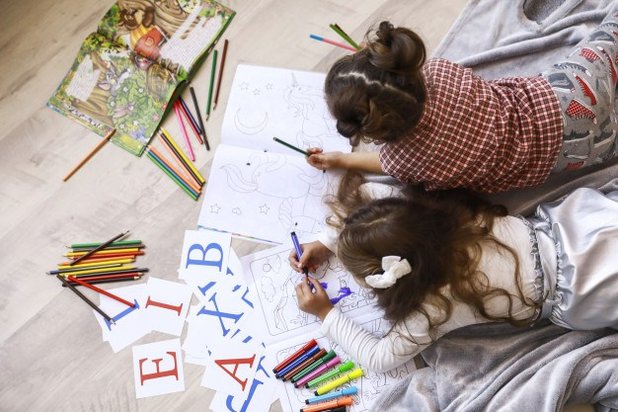8 Conflict Resolution Techniques in the School and Classroom

As a parent of a school-going child, meet-the-teacher sessions may uncover surprising, pleasant yet sometimes worrisome aspects of your kid. However, these encounters are always planned. Anticipated. Conversely, receiving a call in the middle of a workday, hearing the news that your child has been involved in a conflict, hits differently. Just imagine. One call turns to two, three, four, and more.
While the teacher may be doing his or her best to get to the root of this behavior, it continues to be a problem. Teachers can only do so much, with the limited, albeit quality time spent in school. You need to work hand in hand with your child and guide them along.
It might seem exhausting to have to worry about the little one even during the day when they should be under the care of others. But if this is not nipped in the bud, it could lead to bigger issues in the home and classroom.
Conflict may manifest in different ways, but there are some concrete steps you can take to resolve them.
Here are 8 conflict resolution techniques that can help you and your child in school.
1. Learn more

Find out about the problem, from your child and the teacher in order to understand both sides. Ask the teacher these questions – what exactly is your child doing that is problematic? Why is it an issue? What would be a preferred behavior in the classroom? Knowledge would be really powerful in this case. The more you learn, the easier it would be to identify the specific issue.
For example, schools can use the Little Family Room app to keep parents informed about their children. Similarly, parents can also start conversations and ask more about the situation whenever necessary using the same platform.
2. Hear and see things from your child’s perspective
Do you actually know why your child is acting up the way he or she is? Do not assume you know the answer; the truth may be surprising.
3. Agree on the problem
Take some time to explain to the little one why their current behavior is unacceptable. Role-play could be an example of re-enacting the scenario at home, to have your child explore on their own, why they had done wrong.

4. Acknowledge the problem
Have your child agree on and state the problem.
5. Finding the “solution” in conflict resolution
Let your child think through the past incident(s), identify and acknowledge the problem, and decide on the solution. It may be hard to let go of the reins, but it is crucial that the solution is not one that is forced upon your child. He or she must believe in it, for it to be actionable. Of course, you can be on the sidelines, nudging them toward more feasible solutions.
6. Jot it down
Either you or your child can write the solution down, as a way of formalizing this consensus. It will also serve as a physical reminder; something you can easily refer back to.
7. Inform the teacher and confirm the solution
Update the teacher that you have had a chat with your child, and seek his or her agreement on the solution. Be receptive to edits – after all, teachers know your child well too. This action not only brings more minds together but also represents your willingness to be involved in your child’s growth and development.

8. Check-in, follow up
After school, ask the little one how everything worked out. Did it result in a better outcome than before? If so, great job! If not, perhaps we can work together on finding a few more solutions? Regardless, your child will know that you are walking alongside them, in their own journey of self-discovery.
A good home-and-school partnership is crucial in ensuring that your child learns and develops well, both at home and in school. LittleLives, a school management system, provides various features to ensure that schools have a clear line of communication with parents, from learning progress to health updates.
For more information, visit www.littlelives.com or contact us to get started.



